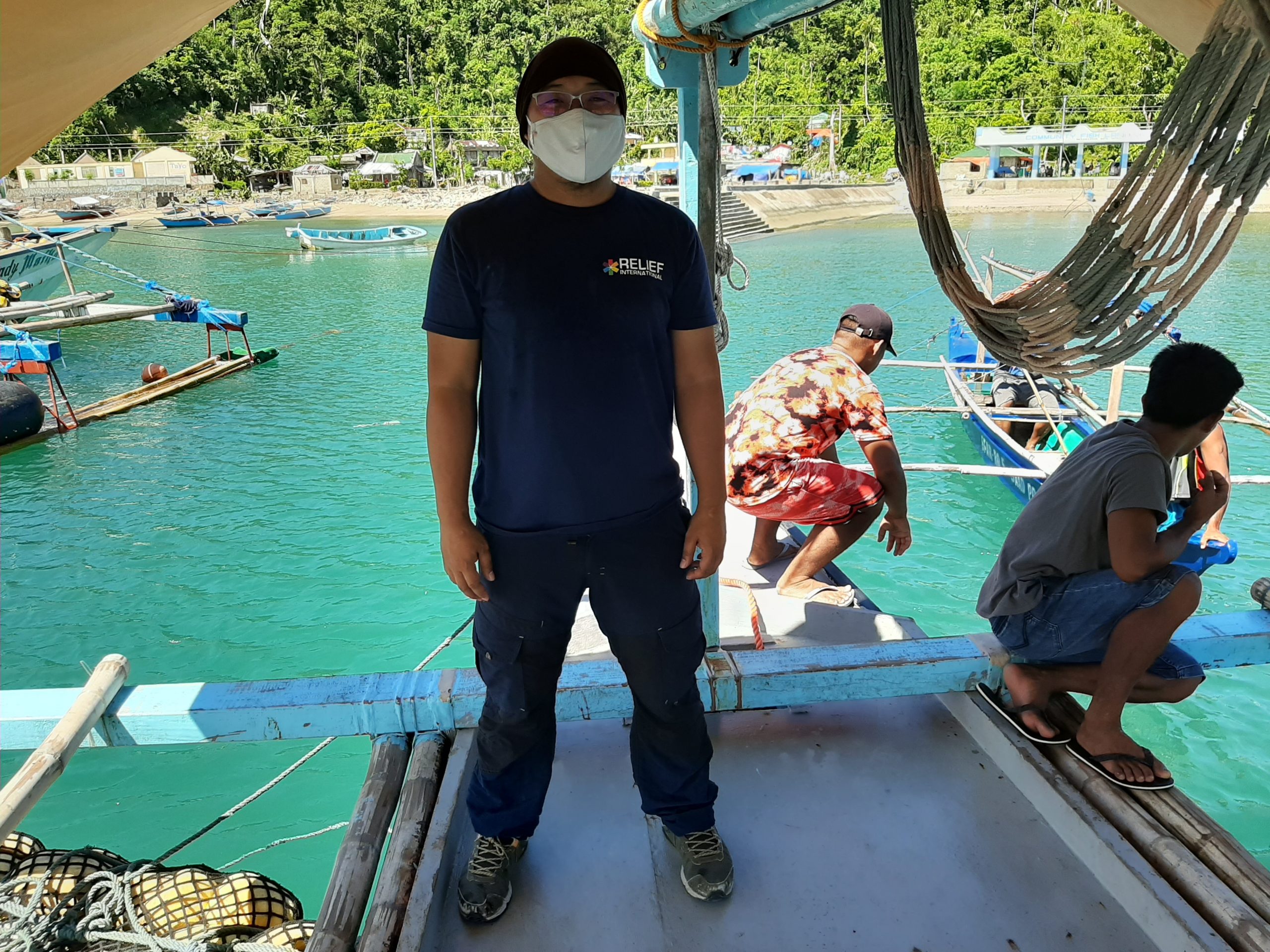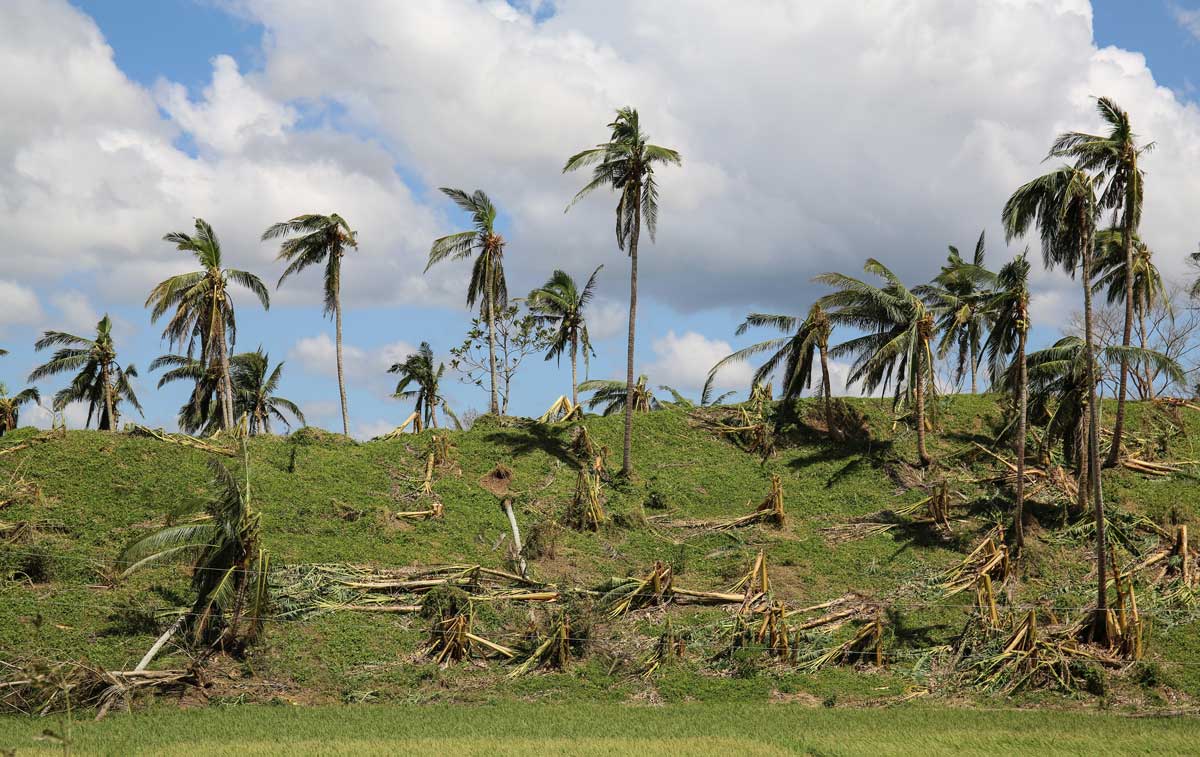This year’s World Humanitarian Day highlights the human cost of the climate crisis and the increasing challenges this is creating for humanitarian workers around the world. Joseph Benoyo is a Relief International Area Coordinator in the Philippines – one of the countries most at risk in the world from climate change.*
Joseph says: “As much as others downplay the effects of climate change, the results are felt terribly here. The Philippines is situated in the world’s most cyclone-prone area, we are extremely vulnerable to climate change and it’s getting worse.”
The Philippines is hit by an average of 20 typhoons every year and the intensity of these storms has massively increased in recent years, with five of the deadliest on record happening since 2006, largely due to increased sea temperatures because of global warming.
“Five typhoons struck one after the other from late October to early November of 2020. Amongst them, Typhoon Rolly hit the provinces in the eastern portion of the Philippines the hardest. I was in Albay, and I can clearly recall the preparation we did ahead of its forecasted landfall. We thought we have prepared enough. We did not.
“For several hours, we endured the terrifying howls of the wind while it was bringing down houses all around us, including a portion of my own, knocking down trees, power lines and other buildings. The next day people could only weep over the havoc after realizing that everything they had was gone in an instant.
The typhoons are getting stronger and more unpredictable."
“It was catastrophic, and we are still coming to terms with its impact. The typhoons are getting stronger and more unpredictable. The erratic nature of Typhoon Rolly meant we just were not prepared for what happened. And this one happened in the middle of the pandemic, which made everything so much harder.
“It was my job to try and help with the recovery. Probably the first thing I did was to talk to people. In this way, I was able to know their feelings during and after the typhoon hit. I felt exactly what they were feeling as I live in the same region as they are. The fear of the ravaging winds and rains and the rush of adrenaline to suppress it, then the exhaustion and distress after it. These are the feelings I am well familiar with. And I know exactly how it feels to have someone help you get over the trauma. I am glad that I was able to help people rebuild.
“Relief International together with the Center for Disaster Philanthropy set up an alternative livelihood projects for those gravely impacted. It was my job to oversee 17 projects awarded to farmers, fisherfolks and women’s associations in the province of Catanduanes helping them to establish alternative ways to make a living and start again. I worked with each project developing proposals from which RI purchased necessary materials and the government provided training for those involved to take on their new jobs.

“I was able to do something to help people to rebuild yet I feel that I must do more. I am currently part of another RI project exploring what might be done to reduce the impact of future disasters. Our post-disaster response helped thousands to recover, but we hope that pre-disaster actions could mitigate risks and save several thousands more.
“For the future my wish is that we do not fail to act together towards reducing climate change and its effects. We have been warned what to expect years back and we are experiencing what it has now become. We must do everything we can or communities like my own will pay the price.”
On World Humanitarian Day we stand with other humanitarian organizations around the world calling on world leaders to take meaningful climate action for the world’s most vulnerable people.
www.worldhumanitarianday.org
